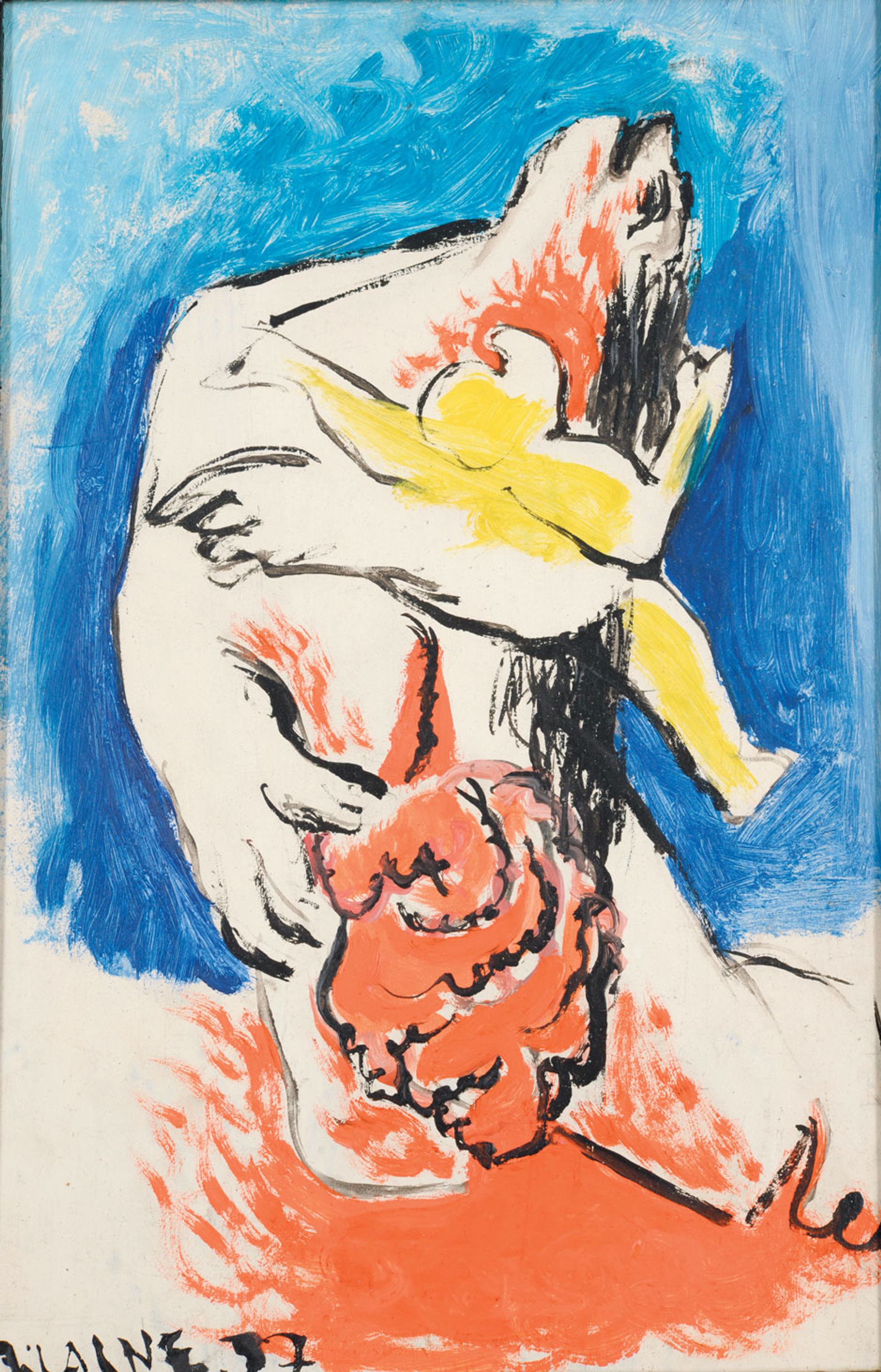A statue of a tattered skeletal girl with a bare skull face links two exhibits which open in Roubaix, northern France, this week. Sculptor René Iché (1897-1954) is said to have modeled the sculpture in a single night in Paris in April 1937 following news of the bombing of innocent women and children in Guernica during the Spanish Civil War. The small Basque town is targeted by German and Italian planes on behalf of General Franco.
by Pablo Picasso Guernica (1937) became the defining work of protest against this atrocity, but it was not unique. The attack sent shockwaves through radical artistic and intellectual circles across Europe, eliciting responses from, among others, Belgian surrealist René Magritte and German expressionist Heinz Kiwitz; the latter was killed a year later fighting the fascists in Spain.
Guernica: immediate history at the Musée La Piscine de Roubaix aims to show the lesser-known but still powerful works produced in response to the bombardment, including an etching by Jean Deville, Deathrevealing his true self in front of the ruins of Guernica, and a series of canvases by Jean Lasne, an award-winning protege of Matisse whose brilliant career was also cut short when he was killed in action against the invading German army in 1940 , at only 28 years old.

John Lasne Guernica or Mother and Child (1937) Photo: Alain Leprince; © Jean-Bernard Sandler
Iché’s Guernica will be the highlight of the exhibition and also the beginning of a parallel monographic investigation, René Iché: art in struggle– a reference to the artist’s numerous studies of wrestlers locked in a fight, a metaphor for the time. Bringing together more than 100 works from private and public collections, it aims to rediscover an artist who was a pupil of Antoine Bourdelle, a friend of Apollinaire and Picasso, and an active member of the Artistic and Intellectual Foundation of Montparnasse. environment of the interwar period.
A veteran of the First World War and an active resistance fighter in the Second, Iché survived gassing in the trenches and the Gestapo in occupied Paris, and was about to break through to wider recognition, with a commission for a Polish monument to the victims. of Auschwitz, when he died of cancer in 1954 – an artist of his time who has become uncomfortably relevant to ours.
• Guernica: immediate history And René Iché: art in struggleLa Piscine, Roubaix, June 23-September 4
